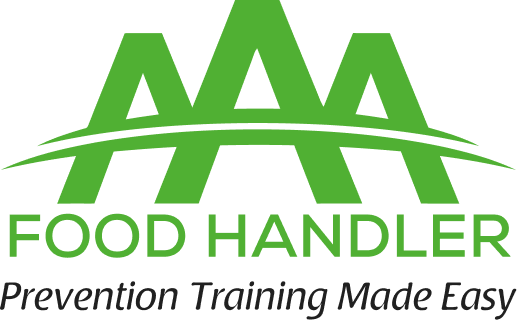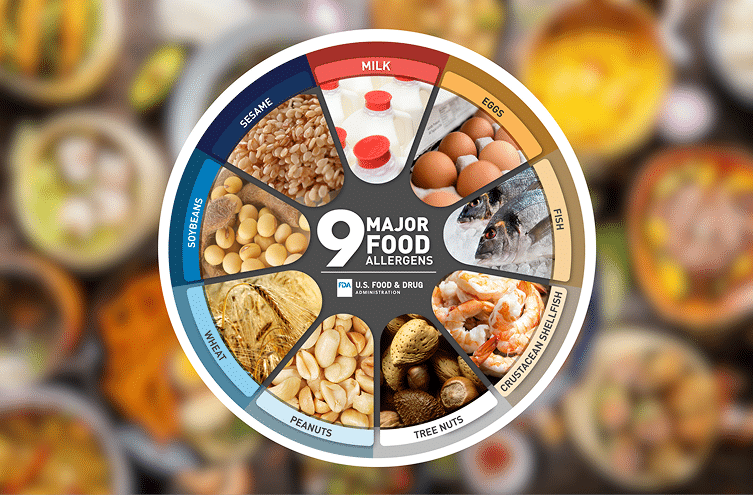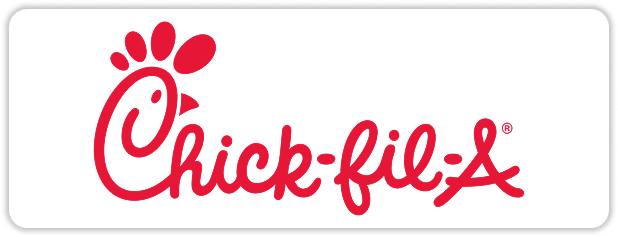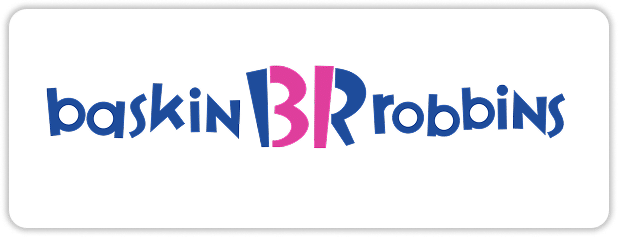
How Emerging Tech is shaping the future of the Restaurant business
The restaurant industry was hit hard during the COVID-19 pandemic, with dining restrictions, social distancing, and heightened hygiene regulations dramatically changing the landscape. However, these challenges also paved the way for innovation, pushing restaurants to embrace digitalization much faster than anticipated. This shift isn’t just helping restaurants recover from the pandemic—it’s revolutionizing how they operate, making them more efficient and customer-centric than ever before.
In this article, we’ll explore four major technologies reshaping the restaurant business and how industry players can implement them successfully. Additionally, we’ll introduce how AAA Food Handler, a company with over 35 years of experience in food safety and training, is aiding restaurants in navigating these changes to ensure food safety and regulatory compliance.
4 major Technologies Transforming the Restaurant Business and How to implement them successfully

These four cutting-edge technologies are revolutionizing the restaurant business, offering practical solutions to boost efficiency, enhance customer engagement, and streamline operations.
1. Online Menu: More Than Just a Convenience

Before the pandemic, most menus were physical, printed, and presented to customers in restaurants. However, hygiene concerns in recent years have made online menus a necessity. Many establishments turned to QR codes, allowing customers to view the menu on their smartphones. Beyond hygiene, digital menus offer significant opportunities for engagement, customer acquisition, and even direct sales.
By partnering with UX/UI designers, restaurants can create attractive, easy-to-navigate menus that can be accessed from Google Maps, restaurant websites, or via QR codes in the venue. What’s even better? These online menus can be optimized for search engines, enabling them to serve as lead-generation tools where customers can place orders directly from the site.
To take full advantage of digital menus, restaurants must ensure:
- A mobile-optimized version of the menu.
- Fast loading times and small file sizes.
- Menu visibility on search engines (using CDN services like AWS CloudFront).
2. Delivery Services: The New Restaurant Norm
During the pandemic, restaurant owners were faced with the challenge of rapidly implementing delivery services. But even post-pandemic, delivery has become a staple for many. Offering delivery doesn’t just meet customer demand—it’s a revenue stream that continues to grow.
There are various ways for restaurants to implement delivery:
- In-House Delivery Fleet: Larger chains may find it feasible to hire delivery drivers using their own vehicles or investing in service vehicles. This approach allows for more control over the delivery process but comes with higher operating costs.
- Food Delivery Networks: Partnering with established food delivery networks can broaden a restaurant’s reach by tapping into its extensive customer base. However, this can limit the restaurant’s direct online marketing efforts, as the network may dominate search visibility.
- Independent Driver Services: For those with available resources, setting up a delivery system akin to a cab service using independent drivers offers a flexible solution, balancing between control and cost.
For smooth delivery, kitchens must be automated to match orders efficiently, with proper packaging and labeling to reduce errors. Integrating delivery management modules or using third-party services can help streamline the process.
4.Business Intelligence: Data-Driven Decisions
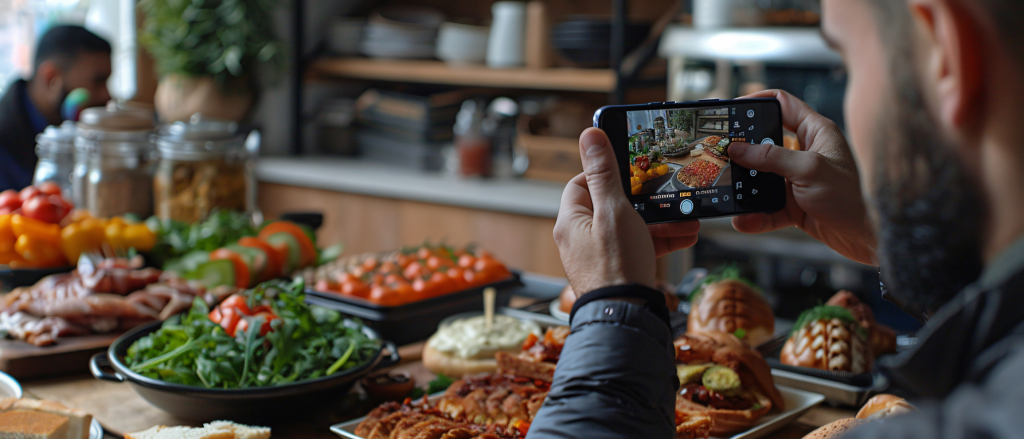
Restaurants today have access to vast amounts of data, from online orders to customer feedback. This data, when harnessed properly, can provide valuable insights for decision-making. Business Intelligence (BI) tools collect and analyze data, allowing restaurants to:
- Adjust pricing strategies.
- Streamline operations by identifying inefficiencies.
- Optimize staffing and operational costs.
One challenge restaurants face is ensuring BI tools can integrate seamlessly with their existing systems. Some technology vendors may not be compatible with a restaurant’s infrastructure, leading to missed opportunities. By working with the right tech partners and adopting flexible systems, restaurants can unlock the power of data to make smarter, more informed decisions.
The Future of Restaurants: A Blend of Tech and Expertise

As restaurants navigate the post-pandemic world, digital technologies are more crucial than ever. From online menus and delivery systems to supply chain automation and business intelligence, emerging technologies are helping restaurants save money, improve efficiency, and deliver higher-quality food.
AAA Food Handler is here to support this transformation. With over 35 years of experience in food safety training and management, we ensure that restaurants implement these technologies without compromising on food safety. Our team of experts works hand-in-hand with restaurants to create robust training programs, guide them through new regulations, and ensure that their operations run smoothly and safely in this tech-driven era.
For restaurants, the future is digital, and with the right tools and expertise, it’s bright.
